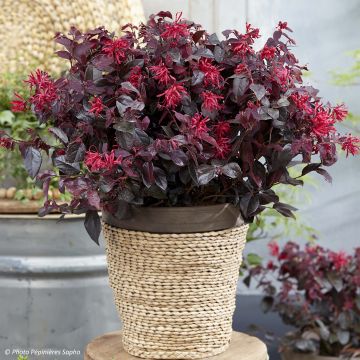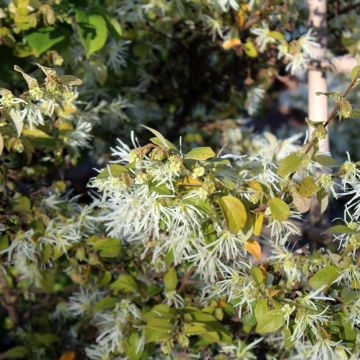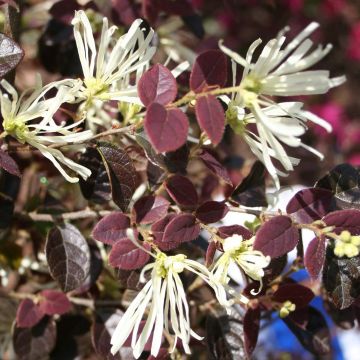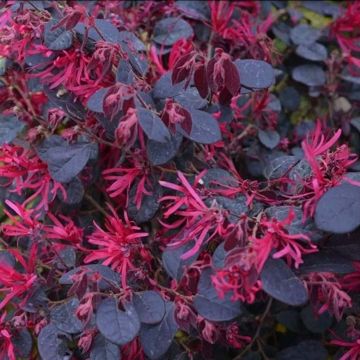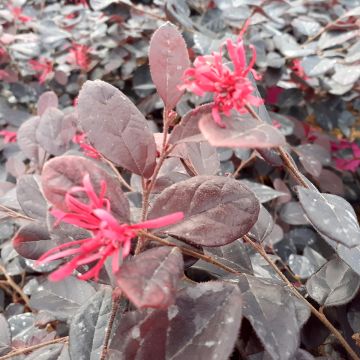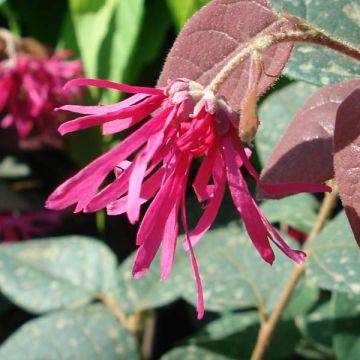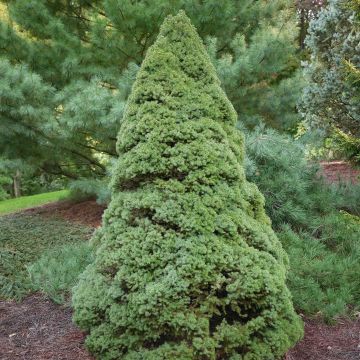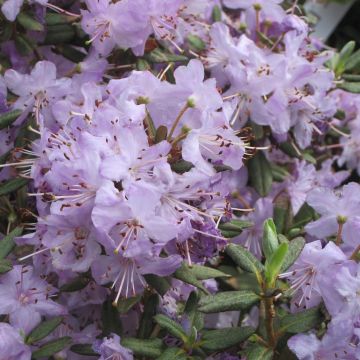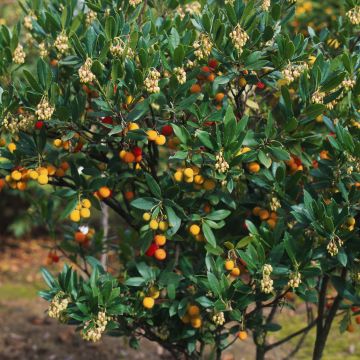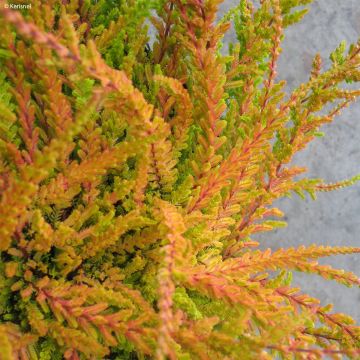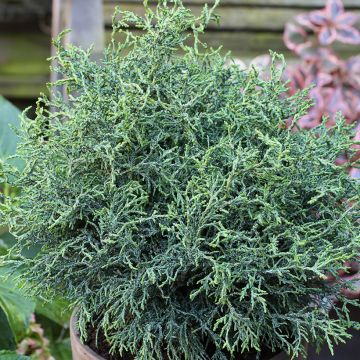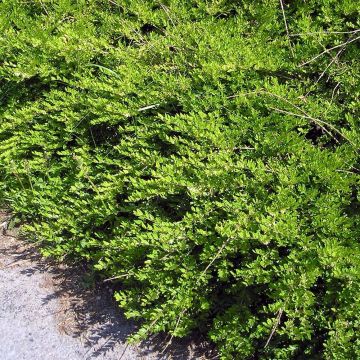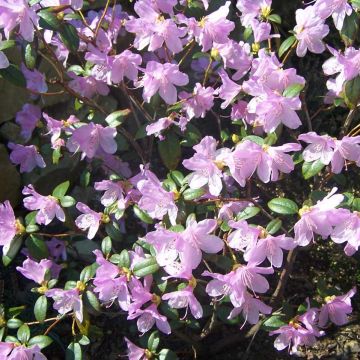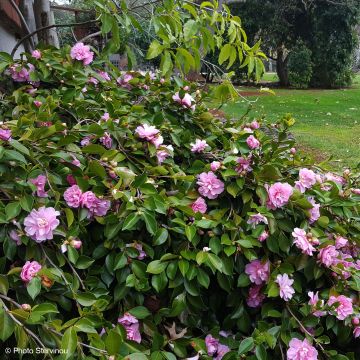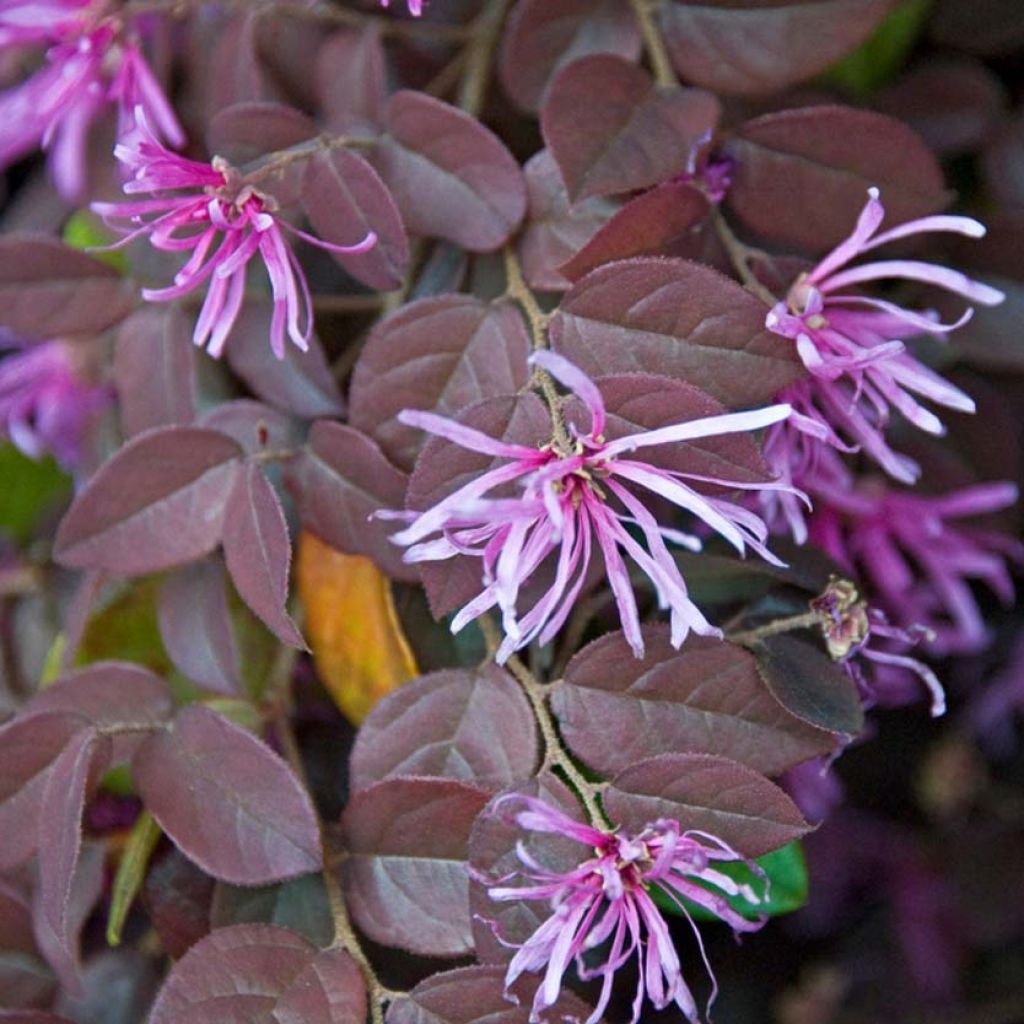

Loropetalum chinense Pipa's Red
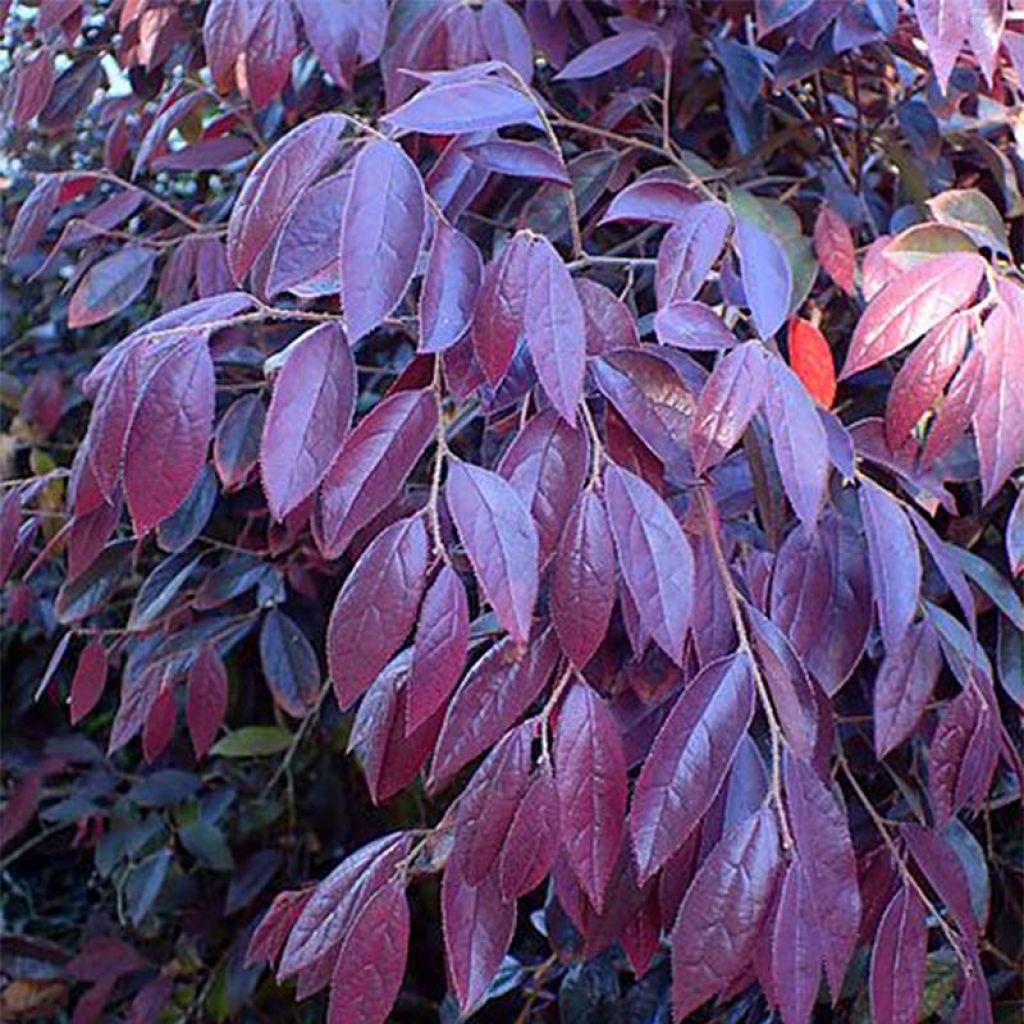

Loropetalum chinense Pipa's Red
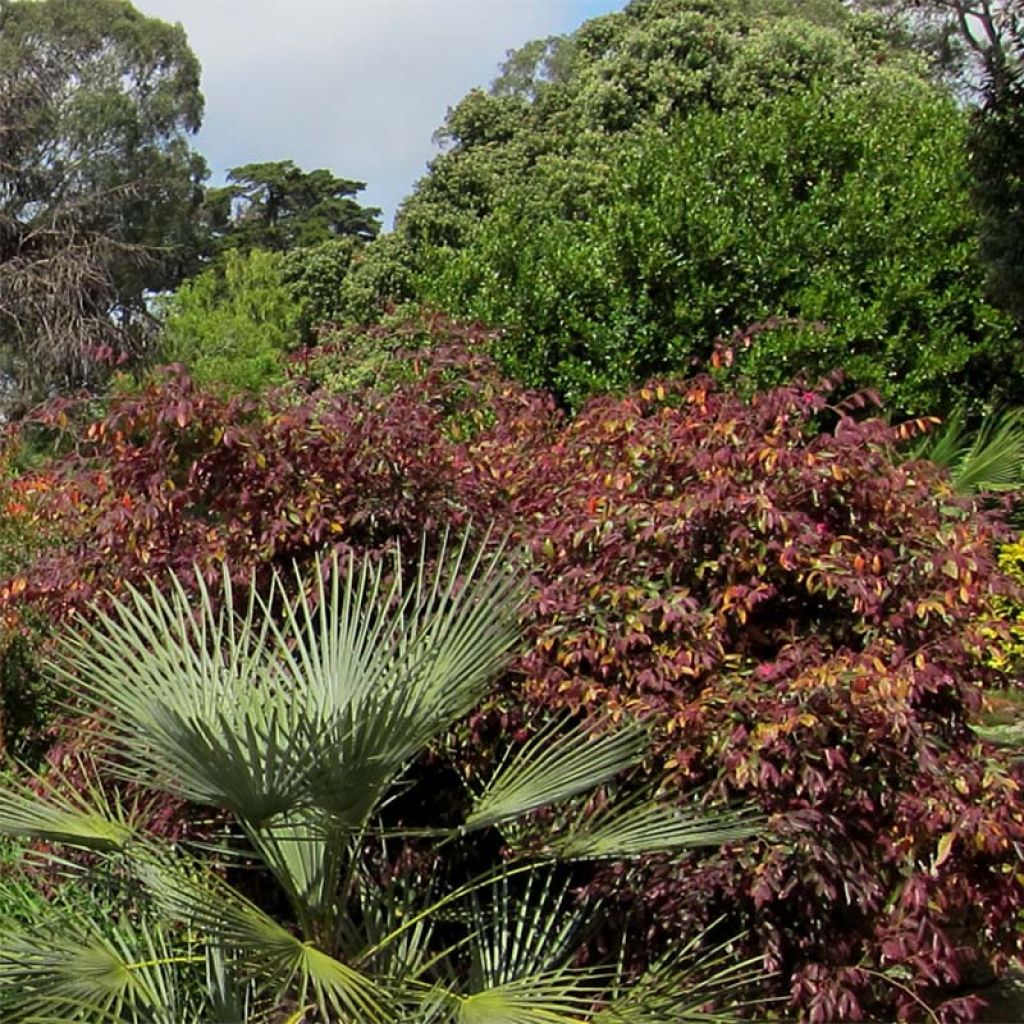

Loropetalum chinense Pipa's Red
Loropetalum chinense var. rubrum Pipas Red - Chinese Witch Hazel
Loropetalum chinense var. rubrum Pipa's Red
Chinese Witch Hazel, Chinese Fringe Flower
Very beautiful plant, magnificent foliage better than expected. The shape of the bush is harmonious. Just need to water the young plant. Thank you very much!
Catherine, 12/11/2022
This item cannot be shipped to the selected country
Delivery charge from €5.90
More information
Schedule delivery date,
and select date in basket
This plant carries a 24 months recovery warranty
More information
We guarantee the quality of our plants for a full growing cycle, and will replace at our expense any plant that fails to recover under normal climatic and planting conditions.
From €5.90 for pickup delivery and €6.90 for home delivery
Express home delivery from €8.90.

Does this plant fit my garden?
Set up your Plantfit profile →
Description
Loropetalum chinense Pipa's Red is undoubtedly the darkest of the cultivars with purple foliage. This evergreen bush also charms with its flexible habit, slightly spreading, which gives it the appearance of a dark fountain. It is adorned with curious bright pink and slightly fragrant flowers, which bloom at the axil of the leaves usually in late winter and spring, and then more sporadically in late summer, depending on the climate. While it proves hardy and relatively tolerant to heat and drought once well established, it prefers mild, cool climates in summer, and soils devoid of limestone.
Loropetalum chinense var. rubrum, or Chinese Fringe Flower with purple leaves, is a bush of the Hamamelidaceae family, noted by its flowers with 4 long ribbon-like petals that resemble those of the Hamamelis. It is native to the forests and copses of the Himalayas, in China, and in the northern and eastern regions of India, where it grows up to an altitude of 1200m (3937 ft).
Pipa's Red is a recent cultivar derived from this shrub, with a bushy and spreading habit carried by slightly arched branches. It will reach a height of about 1.50m (4 ft 11 in) and a spread of 1.75m (5 ft 8 in) at maturity. It develops evergreen foliage in mild climates. The entire, ovate leaves, 2 to 5cm (0.8 to 2 in) long, are red when they bloom, then they gradually take on a dark purple-violet hue, before turning gradually to bronze-purple to bronze-green in winter. The leaves located in the shade tend to be greener than those that receive sunlight, even in the middle of summer. The abundant, melliferous and nectar-rich flowering takes place in March-April, more or less early depending on the climate. It lasts about 2 weeks and is renewed several times in this variety, in summer, and even sporadically in late summer. The flowers are grouped in 3 to 6 at the axil of the leaves, along the branches. They are composed of 4 slightly twisted, ribbon-like petals, bright pink in colour and slightly fragrant. The almost flashy pink tone of the flowers creates a magnificent contrast with the dark colour of the foliage.
Loropetalum are in fashion; beautifully coloured, compact and well adapted to pot culture, they seduce urban gardeners as well as lovers of English gardens. They stand out in spring scenes, beautifully coloured when the garden is still very little in bloom. Its melliferous flowers are also a good source of nectar for bees early in the season. While it is relatively hardy once well established, young plants can suffer from -6/-7°C (21.2/19.4 °F), so they will need to be protected from severe frost in northern France. You can grow it in pots in cold regions, in a non-limestone but fertile soil, to be stored in winter. It can be used in a free hedge or within a group of acid-loving shrubs with staggered flowering: camellias, heathers, witch hazels, azaleas and rhododendrons, andromedas and hydrangeas, for example.
Report an error about the product description
Loropetalum chinense var. rubrum Pipas Red - Chinese Witch Hazel in pictures
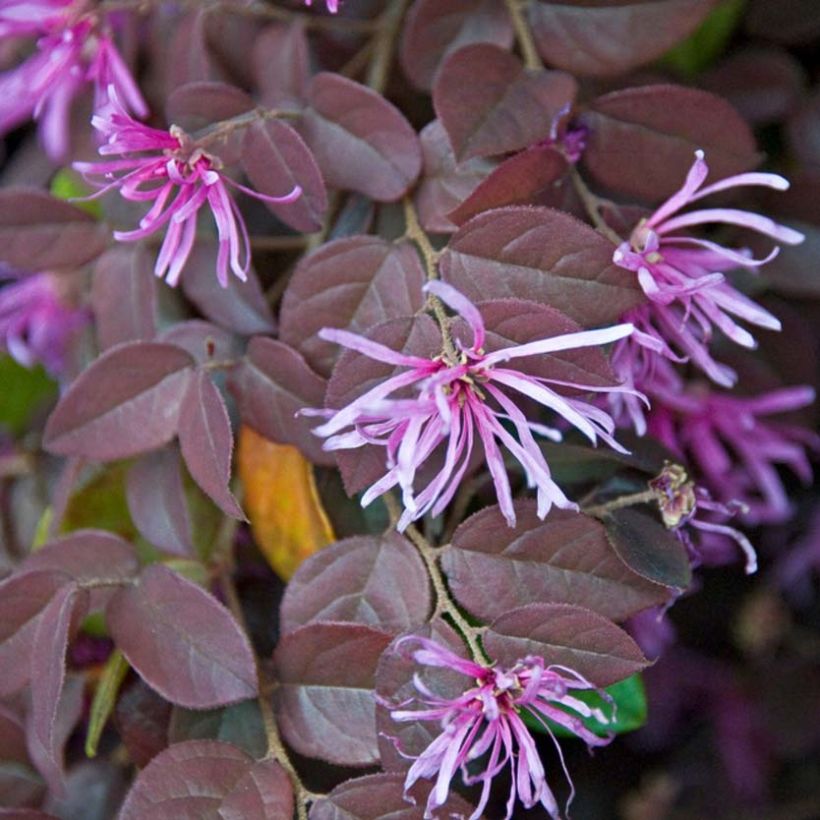

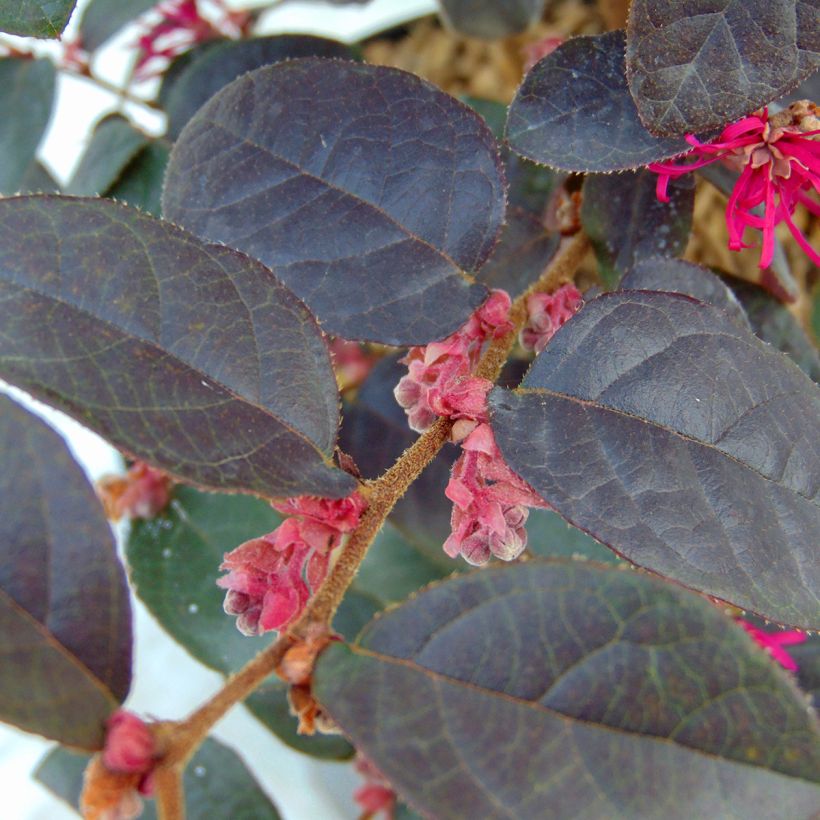

Plant habit
Flowering
Foliage
Botanical data
Loropetalum
chinense var. rubrum
Pipa's Red
Hamamelidaceae
Chinese Witch Hazel, Chinese Fringe Flower
Cultivar or hybrid
Other Loropetalum
Planting and care
Plant Loropetalum in a sunny but not scorching, or a partially shaded location (especially in hot climates), in well-drained but moist soil. It requires fertile, light, slightly acidic or even slightly alkaline soil. However, Loropetalum chinense is robust and relatively tolerant of soil conditions. It can tolerate slightly alkaline soils and is fairly drought-tolerant once well-established in deep soil, with its base shaded by tall perennials or small shrubs. It does not tolerate excess water, which can cause its roots, which are curiously coloured red, to rot. Therefore, it requires good drainage: about twenty centimetres of coarse sand, clay pellets, non-calcareous gravel, or pumice should be placed at the bottom of the planting pit. Add compost to the garden soil, leaf mould and, optionally, a bit of sand to lighten it. This bushy shrub reaches a spread equivalent to its height, about 1.75m (5 ft 8 in) at maturity, so make sure to provide enough space when planting. In a pot, it is best to plant it in a large container, with the bottom carefully drained with gravel or broken pottery. Watering should preferably be done with only slightly alkaline water or rainwater.
Diseases and parasites: This shrub is susceptible to root rot in poorly drained soil. It can also be attacked by olive knot gall, which can be fatal.
It is mainly propagated by propagation by cuttings, taken from the end of the stems in late summer.
Planting period
Intended location
Care
-
, onOrder confirmed
Reply from on Promesse de fleurs
Evergreen shrubs
Haven't found what you were looking for?
Hardiness is the lowest winter temperature a plant can endure without suffering serious damage or even dying. However, hardiness is affected by location (a sheltered area, such as a patio), protection (winter cover) and soil type (hardiness is improved by well-drained soil).

Photo Sharing Terms & Conditions
In order to encourage gardeners to interact and share their experiences, Promesse de fleurs offers various media enabling content to be uploaded onto its Site - in particular via the ‘Photo sharing’ module.
The User agrees to refrain from:
- Posting any content that is illegal, prejudicial, insulting, racist, inciteful to hatred, revisionist, contrary to public decency, that infringes on privacy or on the privacy rights of third parties, in particular the publicity rights of persons and goods, intellectual property rights, or the right to privacy.
- Submitting content on behalf of a third party;
- Impersonate the identity of a third party and/or publish any personal information about a third party;
In general, the User undertakes to refrain from any unethical behaviour.
All Content (in particular text, comments, files, images, photos, videos, creative works, etc.), which may be subject to property or intellectual property rights, image or other private rights, shall remain the property of the User, subject to the limited rights granted by the terms of the licence granted by Promesse de fleurs as stated below. Users are at liberty to publish or not to publish such Content on the Site, notably via the ‘Photo Sharing’ facility, and accept that this Content shall be made public and freely accessible, notably on the Internet.
Users further acknowledge, undertake to have ,and guarantee that they hold all necessary rights and permissions to publish such material on the Site, in particular with regard to the legislation in force pertaining to any privacy, property, intellectual property, image, or contractual rights, or rights of any other nature. By publishing such Content on the Site, Users acknowledge accepting full liability as publishers of the Content within the meaning of the law, and grant Promesse de fleurs, free of charge, an inclusive, worldwide licence for the said Content for the entire duration of its publication, including all reproduction, representation, up/downloading, displaying, performing, transmission, and storage rights.
Users also grant permission for their name to be linked to the Content and accept that this link may not always be made available.
By engaging in posting material, Users consent to their Content becoming automatically accessible on the Internet, in particular on other sites and/or blogs and/or web pages of the Promesse de fleurs site, including in particular social pages and the Promesse de fleurs catalogue.
Users may secure the removal of entrusted content free of charge by issuing a simple request via our contact form.
The flowering period indicated on our website applies to countries and regions located in USDA zone 8 (France, the United Kingdom, Ireland, the Netherlands, etc.)
It will vary according to where you live:
- In zones 9 to 10 (Italy, Spain, Greece, etc.), flowering will occur about 2 to 4 weeks earlier.
- In zones 6 to 7 (Germany, Poland, Slovenia, and lower mountainous regions), flowering will be delayed by 2 to 3 weeks.
- In zone 5 (Central Europe, Scandinavia), blooming will be delayed by 3 to 5 weeks.
In temperate climates, pruning of spring-flowering shrubs (forsythia, spireas, etc.) should be done just after flowering.
Pruning of summer-flowering shrubs (Indian Lilac, Perovskia, etc.) can be done in winter or spring.
In cold regions as well as with frost-sensitive plants, avoid pruning too early when severe frosts may still occur.
The planting period indicated on our website applies to countries and regions located in USDA zone 8 (France, United Kingdom, Ireland, Netherlands).
It will vary according to where you live:
- In Mediterranean zones (Marseille, Madrid, Milan, etc.), autumn and winter are the best planting periods.
- In continental zones (Strasbourg, Munich, Vienna, etc.), delay planting by 2 to 3 weeks in spring and bring it forward by 2 to 4 weeks in autumn.
- In mountainous regions (the Alps, Pyrenees, Carpathians, etc.), it is best to plant in late spring (May-June) or late summer (August-September).
The harvesting period indicated on our website applies to countries and regions in USDA zone 8 (France, England, Ireland, the Netherlands).
In colder areas (Scandinavia, Poland, Austria...) fruit and vegetable harvests are likely to be delayed by 3-4 weeks.
In warmer areas (Italy, Spain, Greece, etc.), harvesting will probably take place earlier, depending on weather conditions.
The sowing periods indicated on our website apply to countries and regions within USDA Zone 8 (France, UK, Ireland, Netherlands).
In colder areas (Scandinavia, Poland, Austria...), delay any outdoor sowing by 3-4 weeks, or sow under glass.
In warmer climes (Italy, Spain, Greece, etc.), bring outdoor sowing forward by a few weeks.

































